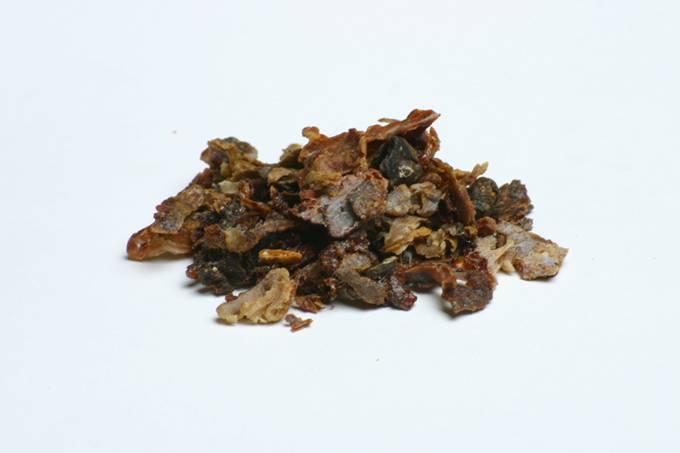The modern tendency is to use both naturally occurring prophylaxis and treatment aids in order to increase the therapeutic arsenal and to provide the body with products that are as close to the natural state as the natural enzymatic equipment can assimilate, process and eliminate the residues according to the phylogenetic inheritance preserved from ancestral in the biology of modern humans. In this vast and inexhaustible kind of products are included nutritional supplements that cover an important pharmacological domain, from filling deficiencies of different types to valences of adjuvants in conventional therapies.
Propolis, whose use in traditional medicine originates in the medical culture of ancient Greece, Egypt and Assyria, is a mixture of substances with biological activity, wax and honey bee secretions. Traditional uses (treatment of abscesses, healing of wounds, reduction of superficial tumor formation, mummifications, etc.) have been completed in time with other uses – with the limitations that occur in almost all natural products – the lack of well-founded scientific clinical studies.
The components of propolis can be identified in the plant sources visited by bees. Often bees visit plants from the family of conifers, poplars (Populus sp.) As well as other species: beech (Fagus sylvatica), chestnut (Aesculus hippocastanum) to collect resins from the bark and bud of these trees. In Europe, the main sources of propolis include poplar (Populus spp.), Hazelnut (Alnus spp.), Birch (Betula spp.), Forest hazelnut (Corylus spp.), Oak (Quercus spp.), And willow (Salix spp.).
In the United States, the main species are poplar and pine (conifers). According to some studies, poplar buds are the main source of propolis in Europe, South America, West Asia and North Africa.
Among the secondary sources, we can mention: birch, oak, willow and hazelnut, and for other geobotanical areas the situation is as follows:
– Acacia Karroo tree in South Africa
– Xanthorrhoea pressii and Xanthorrhoea australis in Australia and tropical climate zones
– Shrubs and shrub bark Plumeria acuminata, Plumeria acutifolia, Schinus terebinthifolius and Psidium guajava in the Pacific Islands, especially in Hawaii.
Recent studies on the botanical origin of propolis in the South American continent, especially in Brazil, have shown the presence of plant-specific compounds such as Araucaria angustifolia, Eucalyptus globulus and Rosmarinus officinalis.
Being difficult to use in its natural form due to the resin-specific consistency, propolis is used for the manufacture of hydro- and liposoluble intermediates, of which the most popular is the propolis tincture.

